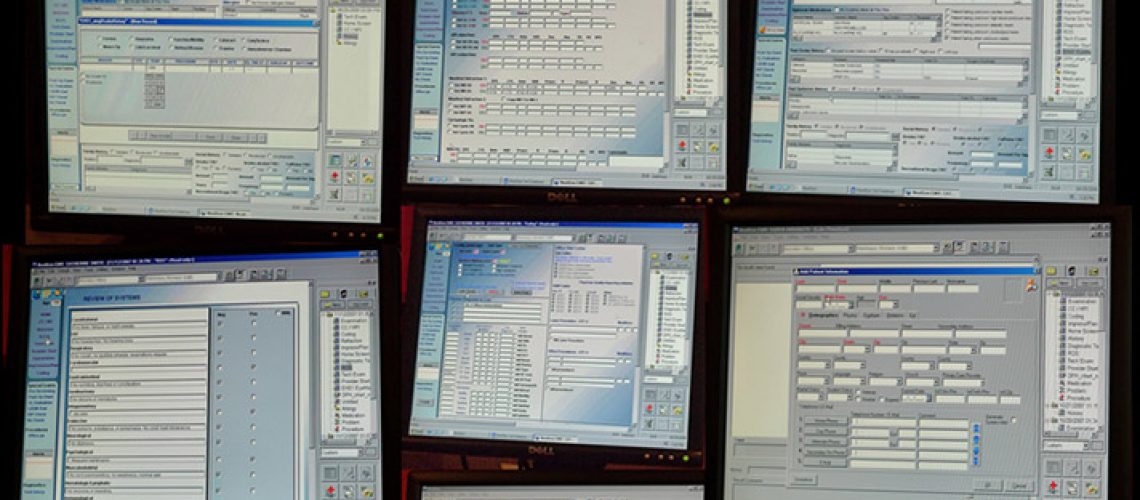Downtime events in hospitals that shut down the functionality of the electronic health record can result in serious patient safety risks, according to a recently published study in the Journal of the American Medical Informatics Association.
In fact, over the three-year analyzation period of a large health system in the Mid-Atlantic, 76 incidents were reported that were directly related to downtime. And that included scheduled downtime, as well.
Downtime hit the lab department the hardest — accounting for about half of the reports. Medication administration was the second most-affected with 14.5 percent of all incidents. And about 13.2 percent of the reports stemmed from a general delay in care.
The biggest downtime issue was labeling and tracking of specimens from the lab and a lack of continuity of patient identification throughout the lab processes. Researchers found that downtime most often resulted in the need for specimens to be redrawn from patients and reporting delays.
The majority of medication incidents stemmed from administration issues that include the wrong dosage and medication.
“Across the clinical domains and categories, patient identification and tracking of patient information were common areas for concern,” the authors said. “EHRs are the primary platform for tracking patients and their associated clinical information, and without these capabilities, clinicians face difficulties.”
What’s worse is that the researchers are “unaware of rigorous and validated solutions to this challenge.”
The researchers observed clinicians adapting to the situation and creating their own methods to track patients, including an offline computer and printer to manually create labels for patient identification. However, “it’s unclear how safe and effective these methods are.”
Researchers also discovered that in nearly half of the patient safety events, downtime procedures we’re either not in place or not followed. The finding “further highlights the need to ensure effective downtime procedures are developed, implemented and practiced by all hospital staff.”
“Few provider organizations practice their downtime procedures or assess their ability to safely and effectively deliver care during EHR downtime,” the authors said. “Without downtime procedure practice, gap analysis and iterative development of more robust downtime procedures, major safety hazards will persist.”
While the Office of the National Coordinator of Health Information Technology has established SAFER guides and other programs that highlight the importance of downtime procedures, the researchers found these may not always be in place for all clinical processes.
To prepare for downtime — likely inevitable with the insurgence of cyberattacks — researchers said hospitals must implement and practice downtime procedures, refine basic paper processes and remove redundancies, tailor paper processes to unique downtime events, determine how to address challenges of laboratory volumes, establish communication processes and focus on patient identification.
——————————————————
Photo courtesy of: Healthcare IT News
Originally Published On: Healthcare IT News
Follow Medical Coding Pro on Twitter: www.Twitter.com/CodingPro1
Like Us On Facebook: www.Facebook.com/MedicalCodingPro







